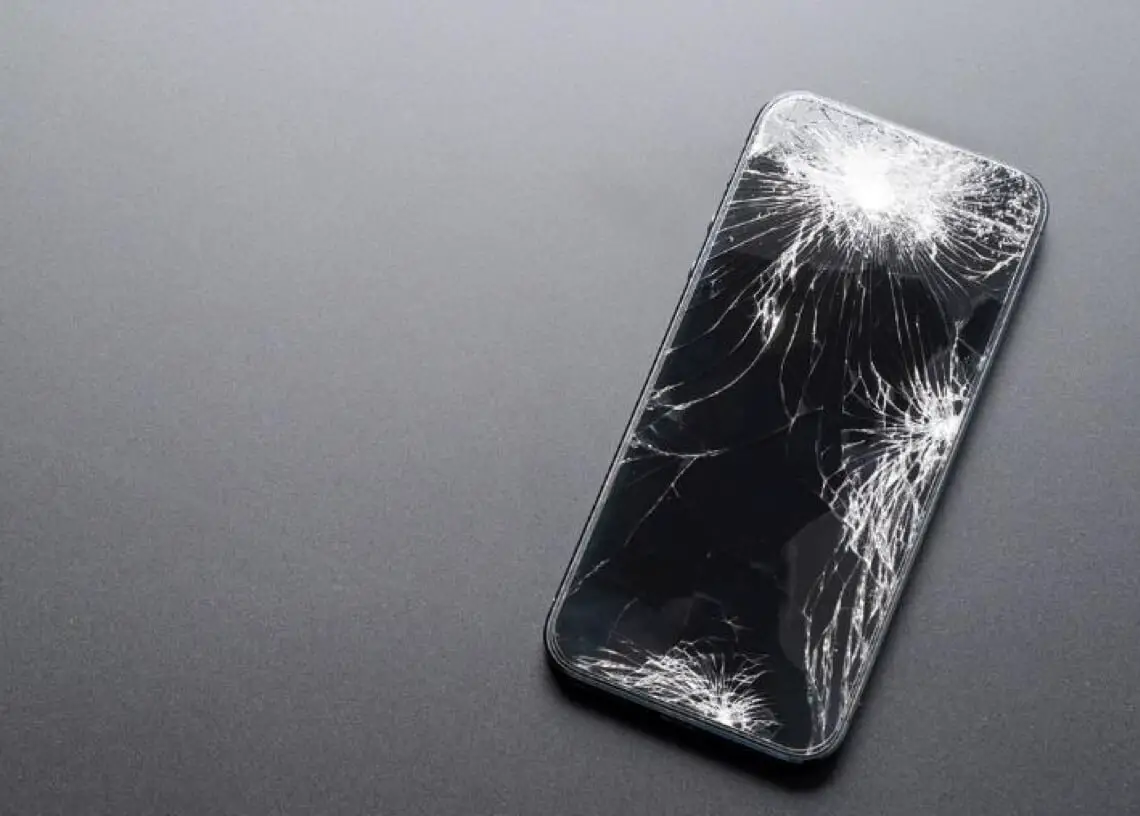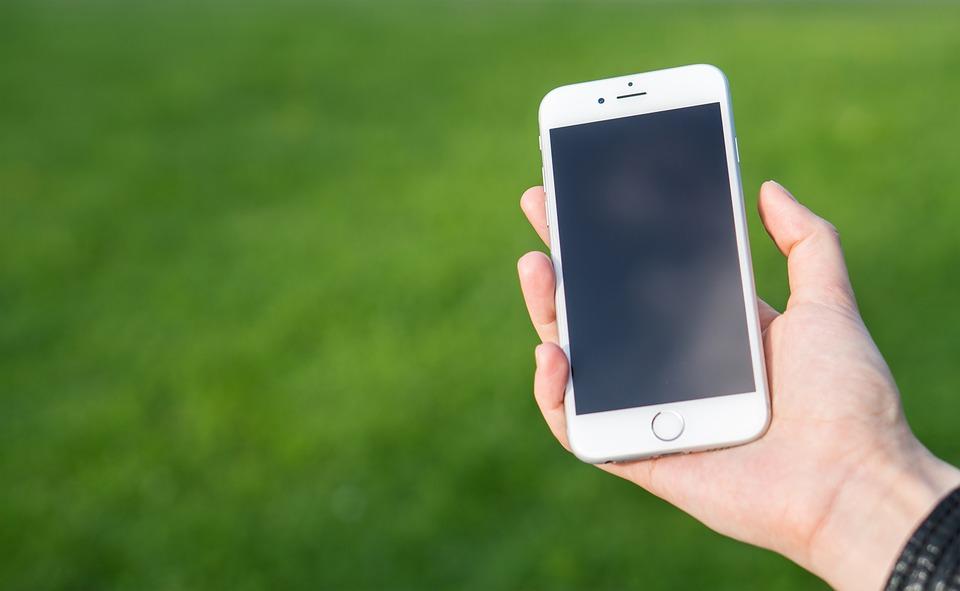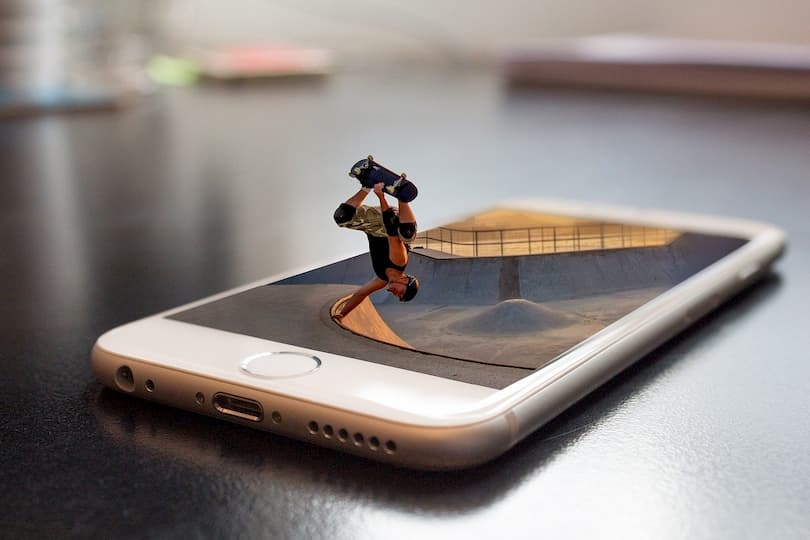Today we are going to answer one of the most popular questions on the internet: how do touch screens work exactly? One of the greatest tragedies of our times is to drop one of our electronic devices. We pick it up from the floor with great care and what we want the most is to see the screen in one piece. And sadly, that’s not always the case.
How do touch screens work exactly?
Input and output
Our smartphones and other electronic devices are, strictly speaking, computers. They are digital machines that are programmed to follow instructions and give a result.
And like any computer, a smartphone has a tangible part, the hardware, and an intangible part, the software. The software consists of the data that the device stores and the commands of its operating system and other programs, with which it will interpret the indications that we give it.
To receive our indications, all computers need something that works as input for the instructions or data given by the user: a keyboard, for example. And to give us the result, computers must also have something that works as an output, such as a printer or a screen.

In the case of the portable electronic devices that we use every day, the screen works as both input and output: we tell our smartphone that we want to open TikTok and the endless list of videos in that application is played right there.
History of touch screens
There was a time, not so long ago, when touch screens belonged to the imagination of science fiction authors.
Even though the widespread use of this type of screens in mobile devices is only a couple of decades old, they were actually invented much longer ago.
In the mid-1960s, Eric Johnson, a British engineer developing radar, was looking for a more convenient or intuitive way for users to communicate with computers, so he designed a screen that responded to a finger touch.
Then in 1970, Frank Beck and Ben Stumpe, working at CERN (European Organization for Nuclear Research), developed a transparent touch screen.
These touch screens, designed by Johnson and the CERN engineers, were capacitive, just like the ones we now have in our smartphones and tablets, but they were not the ones that first became commercially popular.
Samuel Hurst, an American physicist, in the mid-1970s, invented and patented resistive touch screens, which were used in many computers and other devices for several decades.
What are the differences between capacitive and resistive screens?
In both capacitive and resistive technology, what happens is that the screen receives an electrical impulse in the area where we touch it.
When you touch a resistive screen you close the circuit and thus the input signal is sent to the computer.
As resistive touch screens respond to pressure, they could be operated with your finger or a stylus, or any other object.
In general, these types of screens were cheap to make, perhaps that is why they prevailed for a long time, but also because of their design they had layers of different materials, they were more opaque than a normal screen.

Capacitive touch screens also need to conduct electric current to send the input signal, but in this case, your fingers are the ones that close the circuit.
Humans are good conductors of electricity, so we only need to touch the screen gently, so that it receives the electrical signal that something is happening there.
That’s why there’s no need to apply pressure, but it’s also why you can’t use your smartphone if you’re wearing gloves and weird things happen if you use it with wet fingers.
Capacitive touch screens are very transparent, but also very delicate because the layers are made of glass. So be careful not to drop your smartphone.





